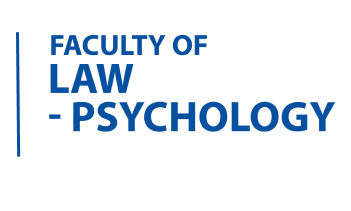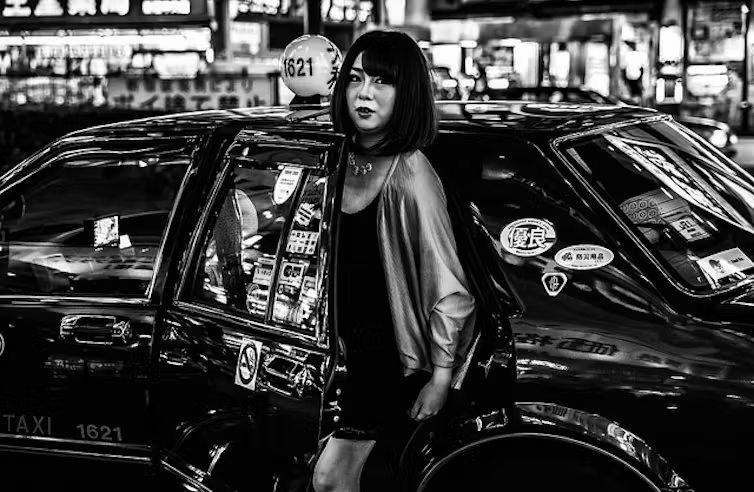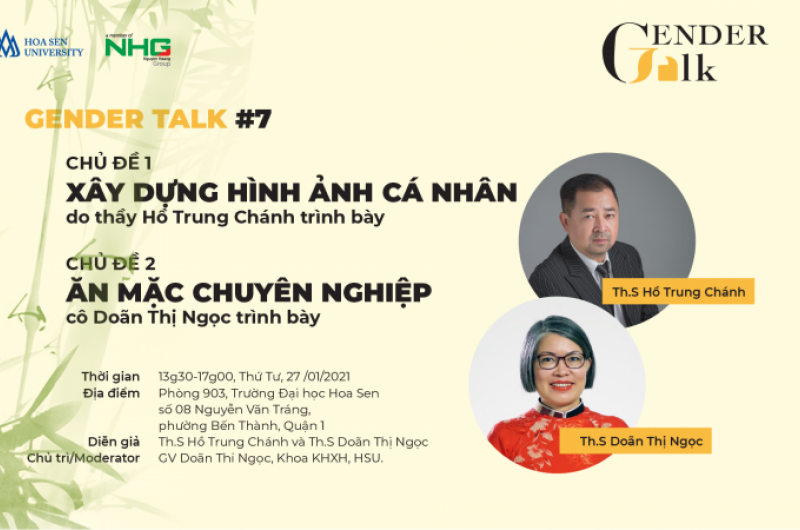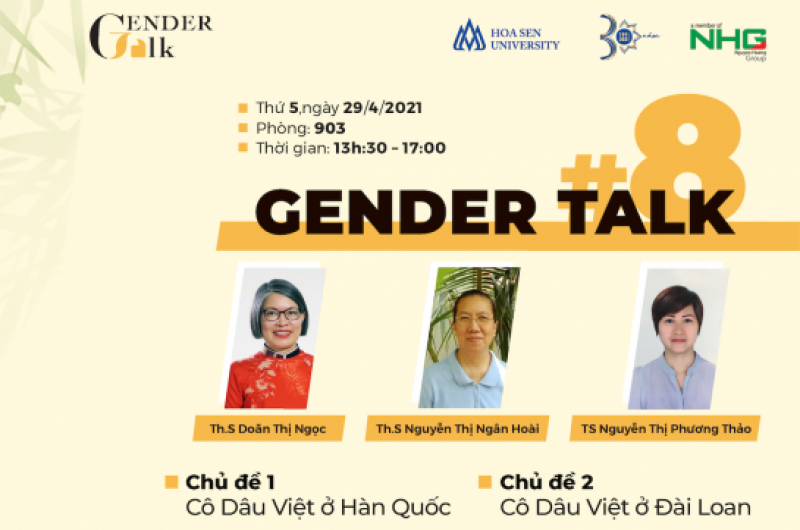MAGICAL REALISM
Dr. DUONG NGOC DUNG (2021)
Deputy Head of Faculty of Social Sciences and Law, Philosophy Program Director
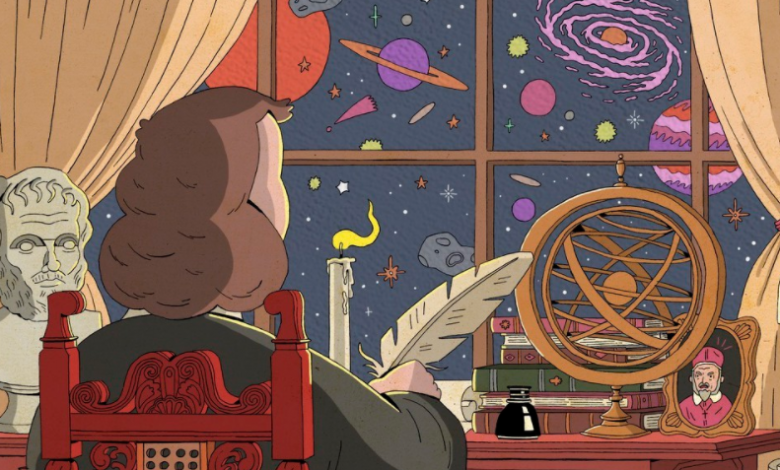
Appearing in the 1920s in Germany, magical realism originated in painting, entered literature, and replaced philosophy by questioning the nature of reality. One Hundred Years of Solitude (Cien años de soledad, written in Spanish, first published 1967), by Gabriel Garcia Marquez, Columbia writer, as well as Fiction (Ficciones, Spanish, first published 1944) by Jose Luis Borges (Argentine writer), are two typical works of this genre. The strange thing is that the first term “magical realism” appeared, not in Spanish as many people think, but in German (magischer Realismus), it was German art critics (specifically Franz Roh and Gustav Hartlaub) who coined the word, then in Dutch and Spanish, then translated into English as magical realism.
Nowadays, when talking about Spanish literature or Latin American literature in general, almost everyone remembers a single phrase: magical realism (el realismo Mãgico). Listening to Vietnamese sounds good, no problem, but if we read English, Spanish, French, or German, we immediately see a paradox: if it’s “realism” then do it. How can it be “magical“? Realists, or radical materialists, cannot believe that there is an angel who, on a rainy and windy day, broke his wings fell from the sky, and then lived with a mortal family on earth. this earth. Unreasonable! Unrealistic! Only in science fiction novels! But this is exactly what writers in the magical realist movement are aiming to do by setting bombs to knock down our preconceived ideas about the so-called “real world.” Any comparison is lame, but reading One Hundred Years of Solitude is like looking at a Picasso painting! This man is also Spanish.
If you look at Bui Xuan Phai’s paintings and “think” about this artist – an expert in painting Hanoi’s old town – it is difficult to “understand” what Picasso wants to say in his strange paintings. Everything bears little resemblance to “reality.” But the question that magical realist writers are asking us is: “ What exactly do you want to “ see ” when you look at a painting? Often we want to “see” things we have already “seen”. Things we have never “seen” before easily make us confused, and even scared, just like looking at the face of a murderer.
The eternal question of philosophy: “What is reality?” Now it has been absorbed and reset, more iconic and attractive, not as dry and abstract as when hidden in the ivory tower of philosophy professors. Art historian Irene Guenther writes: “The juxtaposition of the words ‘reality’ and ‘fantasy’ reflects the strangeness and mystery (original German: Unheimlichkeit ) in human nature itself. and in their modern industrial environments.” In terms of art, we can find magical realism in the paintings of Giorgio de Chirico, a famous Italian artist in the “metaphysical art” movement (arte metafisica ) specializing in painting. Ordinary objects from…unusual perspectives. GF Hartlaub, director of the Art Museum in Mannheim in the 1920s, was the first to use the term “magical realism” ( magischer Realismus ) to describe the work of artist Max Beckmann. he organized the exhibition in 1923. But then Hartlaub changed his mind, using another term “new objectivity” ( neue Sachlichkeit ).
For German and Italian painters following this school, the most important thing in depicting “reality” is that through very realistic brush strokes, the artist must capture the strange mystery of specific, trivial, familiar things in everyday life. That is why the influence of Freudian and Jungian psychoanalysis can be seen in the works of writers and artists classified as magical realism. Psychoanalysis teaches us how to see through the “reality of everyday life” to penetrate the mysterious unconscious depths of the human world like the character Gregor Samsa in the famous short story The Metamorphosis by Kafka ( die Verwandlung, German, first published 1915) suddenly wakes up and finds himself transformed into…a giant worm. Classical art and literature help us see the external appearance of things, a conventional appearance that has been socialized to the core, but surrealist and magical realist writers show us the profound depths of the unconscious, the terrifying strangeness of human life, a strangeness so terrible that no one dares to look straight into that immense abyss.
At any time in life, we have to face the most basic question of human life: “Why do we have to repeat daily tasks over and over again, like a pre-programmed machine, so boring that nausea, then having to face the god of death always lurking around? What is the real meaning of life? Do people have freedom of choice? Or is it all arranged in fate?” To paraphrase Nietzsche: “If you look too long into the abyss, the abyss will look back at you!” ( When you gaze long into the abyss, the abyss also gazes into you ).
All the confusion in classic literature, love triangles, unrequited love, warring societies, etc., take place on the optimistic assumption that everything is in conflict. will end in peace, and love that is not satisfied in this life will be satisfied in the next life, just like the great reunion scene in almost every classic Chinese novel (except Dream of the Red Chamber ). But magical realist artists and writers want to break that optimistic assumption. The problem is not that Luong Son Ba cannot marry Chuc Anh Dai or that Jia Bao Ngoc cannot marry Lam Dai Ngoc. That problem is not difficult to solve: Luong Sinh and Miss Chuc finally turned into butterflies flying together and were no longer ruined by their family or Mr. Ma Anh Tai. The more serious, deeper, more drastic problem is, is this thing we respectfully call “love” really necessary? Should we live and die crazy because of it? Does love come from the word “heart”? Or come from…another child? We are so familiar with cliches about love, as well as about everything in life, that we have never glimpsed the “mysterious dark corners” in those very common “realities”.
The confusions, conflicts, and contradictions in traditional literature, both Eastern and Western, all take place on a fairly solid “realist” foundation. Almost no one among writers, poets, or artists, even in the Middle Ages, questioned that foundation. It is carefully defended by philosophy, religion, and common sense. Today’s science and technology have smashed all those defensive barriers and thrown the pieces into museums. Religion still survived, after many deadly battles since the Enlightenment (18th century), and has returned to the stage of history with a more aggressive appearance than ever. Writers and artists reacted more negatively: they tried to demonstrate, of course in a very artistic, very literary style, that what we call “the scientific organization of work and life “study” is just a bullshit bandage, because the wounds that are still bleeding in life are not on the skin, but deep inside and need to be healed more than ever.
The core of “magic” is “distraction,” “turning nothing into something,” “turning something into nothing.” Magicians make us puppets in their hands. We have been misled, mistakenly thinking that the things we are pursuing are truly valuable, and throwing away the important things into the familiar stream of life. Worse yet, we don’t even have any other choice. The message of magical realist writers is quite clear: what you are used to thinking of as “reality” is actually “magic.” What you criticize as “fanciful/unrealistic” is reality seen from an unusual perspective. And if we push this explanation further, we discover that it is Chuang Tzu who is the founder of magical realism, not some German painters. The story “Trang Chau Dreams of a Butterfly or a Butterfly Dreams of Trang Chau?” is a poetic philosophical question that could be used as a title for the entire work of Jose Luis Borges. When poet Han Mac Tu wrote:
I sat on the wharf waiting for Muong Mo,
Howls at night, crackling shadows,
The scream of my soul broke the waves,
Vibration of the air layer of the canvas
(Lonely)
Conventional “reality” has been shattered, there is nothing left to distinguish it from the wild world inside the author’s mind. The poet saw the eternal abyss of a human life in extreme loneliness.
The modern novelist is caught in a tragedy: if he – let me pass on feminism in the use of language here – describes reality too meticulously and too “sincerely,” he is doing the job of a journalist or historian. But if you insist on ignoring the “reality” in front of you, you risk becoming a poor freelance poet. In classic style, he tries to focus on what is considered the most characteristic of the phenomenon: for example, the character or personality of the character, like Julien Sorel of Red and Black, the broad historical context according to War and Peace style. Samuel Richardson chose to go inside the character through letters ( Pamela ), meaning to reflect “reality” from the first person. But Cervantes’s Don Quixote confuses “reality” and his inner world. Looking from Sancho Panza’s point of view, it is clear that the old knight was a crazy, insane person. Does the writer mean that we are all like Sancho Panza? When Nguyen Du put down his pen to write: ” Tri Giao Quai, Falling in Sorrow, Dreaming of the World, People of the World Have No Dreams ” (Nguyen De), he was walking in the line of anti-realist literature, literally transforming the “reality” of nature. reduced to a “suspect” in the interrogation room, doubting all its “values”, although not really thoroughly.
Magical realism in literature like this has long lingered in world literature like an underground current flowing parallel to the mainstream of mainstream literature, but becoming a clear and vivid feature is only a matter of time. There are Latin American writers, including Gabriel Marcia Marquez and Jose Luis Borges, who are the most representative writers. Their main merit is to destroy the monopoly of philosophy in investigating life and finding truth, putting an end to a simple and one-sided view of reality.
